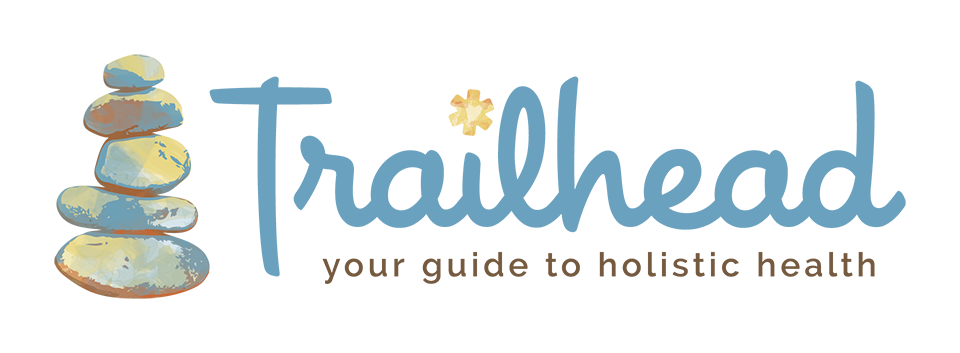Acupuncture
How is Acupuncture Administered?
-

How is Acupuncture Administered?
 The acupuncture method most well-known uses needles. But please dont be scared by the word needles. In actuality these needles are as thin as human hair and generally most people dont even feel them.
The acupuncture method most well-known uses needles. But please dont be scared by the word needles. In actuality these needles are as thin as human hair and generally most people dont even feel them.
Disposable, stainless steel needles that are slightly thicker than a human hair are inserted into the skin at acupoints. During acupuncture treatment, stainless steel needles, usually ranging from 0.22 mm to 0.25 mm in diameter, are inserted into relevant acupuncture points to stimulate the affected meridians.The acupuncture practitioner determines the correct acupoints to use for the problem being treated. The inserted needles may be twirled, moved up and down at different speeds and depths, heated, or charged with a weak electric current. Patients may have a needling feeling during acupuncture, known as "de qi sensation", making them feel heaviness, numbness, or tingling. There are other acupuncture methods that do not use needles.
Length and frequency of treatment vary according to the condition being treated. Chronic conditions usually require a longer treatment period. Typically, two or three sessions per week are required initially and may decrease to once a week after several weeks of treatment. Needles are typically left in place for 15 to 30 minutes after insertion, and their effects may be augmented with manual or electrical stimulation and/or heat (e.g., Moxibustion or heat lamps).
Some practitioners may also use Acupressure, Moxibustion and Cupping along with Traditional Acupuncture:- Moxibustion : A type of heat therapy in which an herb (Artemisia vulgaris) is burned above the body to warm a meridian at an acupoint and increase the flow of blood and qi. The herb may be placed directly on the skin, held close to the skin for several minutes, or placed on the tip of an acupuncture needle. Heat lamps may also be used to warm the acupoints.
- Cupping : A procedure in which a rounded glass cup is warmed and placed upside down over an area of the body, making a vacuum that holds the cup to the skin. Cupping is used to increase the flow of blood and qi. It is believed to open up the skin’s pores and allow toxins to leave the body.
- Acupressure : A type of manual therapy in which the fingers are used to press on an acupoint. In cancer patients, acupressure has been used to control symptoms such as pain or nausea and vomiting.
- Electroacupuncture : A procedure in which pulses of weak electrical current are sent through acupuncture needles into acupoints in the skin.
- Trigger Point Acupuncture : The placing of acupuncture needles in a place on the skin that is away from the painful part of the body. Trigger points have to do with referred pain, pain that is not felt at the site of injury, but is sent along nerves and felt elsewhere in the body.
- Laser Acupuncture : The use of a weak laser beam instead of an acupuncture needle to stimulate an acupoint.
- Acupuncture point injection : The use of a syringe and needle to inject drugs, vitamins, herbal extracts and other fluids into the body at an acupoint.
- Auricular (Ear) acupuncture : The placing of acupuncture needles at acupoints on the outer ear that match up with certain parts of the body.
-

Size Comparison of an Acupuncture needle


- A matchstick is 42 mm
- Medical Syringe is 1.02mm
- Sewing needle 1.02mm and an
- Acupuncture needle is 0.25mm
-

Examples of newer ways Acupuncture is being administered
Source: Jennifer E Winer L.Ac., Dipl.Ac., MSOM (wineracupuncture.com) In addition to traditional acupuncture, Jen Winer uses two additional techniques with her clients, especially ones that are afraid of needles.
In addition to traditional acupuncture, Jen Winer uses two additional techniques with her clients, especially ones that are afraid of needles.


